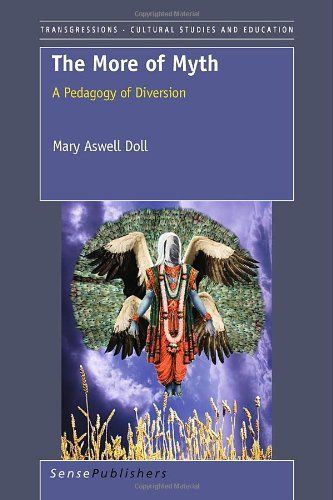
The More of Myth A Pedagogy of Diversion
This book uses a nine-year experience of teaching world mythology to art students in order to discuss why and how such ancient stories provide significance today. Myth’s weird images and metaphors recall Wyrd (Word), the goddess of the cauldron. Students can be guided into the cauldron of mythic language to feel the stirring of new awareness of what it really means to be human. Psychologically, myth offers insights into family relations, memory, imagination, and otherness. Ecological insights from myth teach the connection among human-animal-plant relations and the organicism of all life forms. Cosmological insights from myth surprisingly echo findings in new science, with its emphasis on quantum mechanics, force fields, black holes, subatomic particles, chaos, and the possibilities of time travel. Two areas often considered completely opposite -- myth and science—actually reflect one another, since both propose theories, albeit in different ways. Myth cannot be laughed away as “mere” fabula, since, like science and psychology, it has long explored adventures into unseen, unknown worlds that yield necessary knowledge about the place of humans in the scheme of things big and small. The “more” of myth will be of interest to teachers and students of curriculum studies, to those seeking to go beyond Oedipus and Gutenberg, and to readers who know that all forms of life (including fingernails and rocks) are wondrous, diverse, alive, capable, purposive, and necessary.